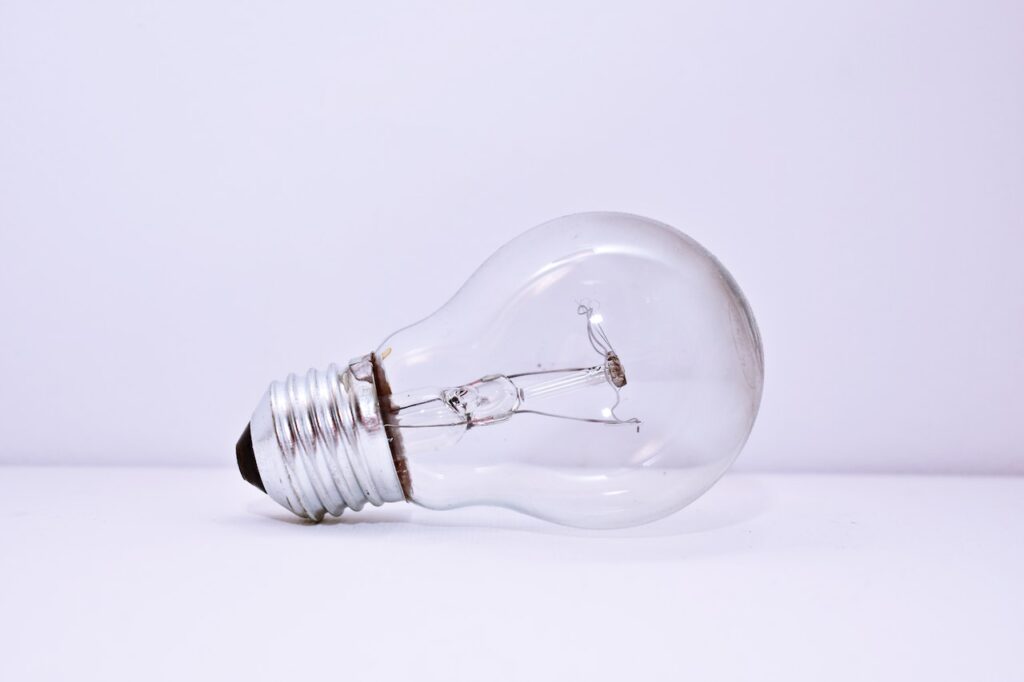
In this article, we’ll explore ten effective strategies that empower you to make eco-conscious decisions and transform your living space into a model of sustainability. These actionable tips encompass a wide range of areas, from lighting and climate control to appliance upgrades and water usage, enabling you to take meaningful steps toward a greener, more energy-efficient home. So, let’s embark on a journey to discover how small changes can lead to significant energy savings and a brighter, more sustainable future for both you and the planet.
Switch to LED Lighting:
One of the simplest and most effective ways to reduce your household energy consumption is by swapping out traditional incandescent bulbs for energy-efficient LED lighting. LED bulbs use significantly less energy, which translates to lower electricity bills. Moreover, they have a longer lifespan, so you’ll spend less on replacements. By making this small change, you not only reduce your carbon footprint but also create a more sustainable and cost-effective lighting solution for your home.
Install a Programmable Thermostat:
Installing a programmable thermostat allows you to take control of your home’s heating and cooling systems. You can set it to automatically adjust the temperature based on your daily schedule, lowering the temperature when you’re away or asleep and raising it when you’re home and active. This not only ensures comfort but also reduces energy wastage, leading to significant energy savings and a reduced environmental impact.
Seal Leaks and Insulate:
Proper insulation and sealing gaps and cracks in your home are essential for maintaining a comfortable indoor temperature while minimizing energy waste. Insulation keeps your home warm in the winter and cool in the summer, reducing the need for excessive heating or cooling. Sealing leaks prevents drafts and ensures that the conditioned air stays inside, making your HVAC system more efficient and less energy-hungry.
Unplug Electronics:
Many electronic devices and appliances consume energy even when they’re turned off, a phenomenon known as “phantom power” or standby power. Unplugging devices or using smart power strips to cut off power completely can help eliminate this wasted energy. This simple habit not only reduces your energy bills but also lowers your carbon footprint by reducing unnecessary electricity consumption.
Use Energy-Efficient Appliances:
Investing in energy-efficient appliances, such as those with the ENERGY STAR rating, can make a significant difference in your household’s energy consumption. These appliances are designed to operate efficiently, using less electricity and water without compromising performance. Upgrading to energy-efficient appliances like refrigerators, washing machines, and water heaters not only reduces your environmental impact but also saves you money in the long run through lower utility bills.
Optimize Water Heating:
To cut down on energy consumption and utility costs, consider lowering the thermostat setting on your water heater to 120°F (49°C). This is a comfortable temperature for most household needs while preventing excessive heat loss and reducing the need to mix hot and cold water. Additionally, insulating your water heater tank can help it retain heat more efficiently, further conserving energy and reducing the frequency of heating cycles.
Upgrade Windows:
If you have old, single-pane windows, upgrading to double or triple-pane, energy-efficient windows can significantly improve your home’s insulation. These windows have advanced coatings and gas fills that minimize heat transfer, making it easier to maintain a consistent indoor temperature. By reducing the need for heating or cooling to compensate for drafts and heat loss, you’ll not only enhance your comfort but also save on energy bills and decrease your carbon footprint.
Seal Ducts:
Ductwork in many homes can develop leaks or gaps over time, allowing conditioned air to escape and go to waste. By sealing and insulating your ducts, you can ensure that heated or cooled air reaches its intended destination, making your HVAC system much more efficient. This helps lower energy consumption, reduces the strain on your heating and cooling equipment, and ultimately saves you money while promoting a greener lifestyle.
Reduce Water Usage:
Conserving water isn’t just about saving water itself; it’s also about reducing the energy needed to heat and pump it. Fixing leaks, installing low-flow faucets and showerheads, and repairing dripping faucets can all help reduce water usage and the associated energy consumption. Additionally, consider upgrading to a more energy-efficient water heater, such as a tankless or heat pump water heater, to further cut down on energy usage while maintaining your home’s hot water needs.
Utilize Natural Light:
Making the most of natural light in your home not only reduces the need for artificial lighting during the day but also creates a more pleasant and inviting living space. Keep curtains and blinds open to allow sunlight to filter in, and strategically position furniture to maximize natural light penetration. This simple practice reduces electricity consumption and promotes a sustainable lifestyle by harnessing a readily available, eco-friendly light source while minimizing your reliance on energy-consuming bulbs.